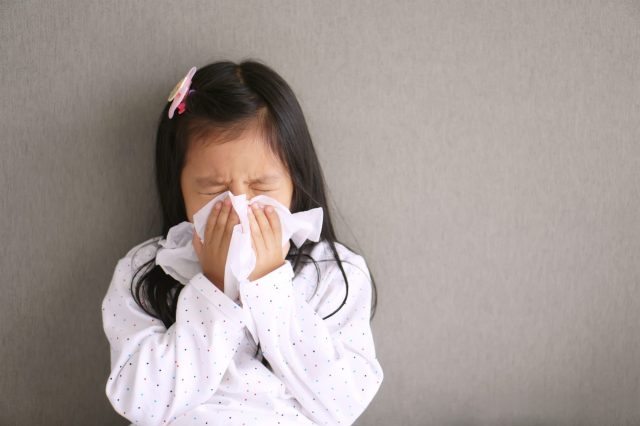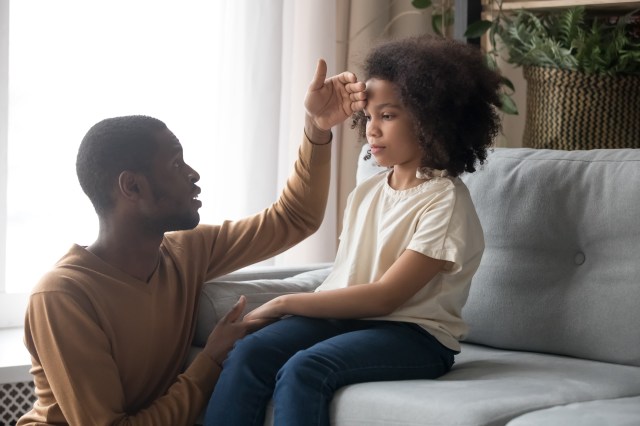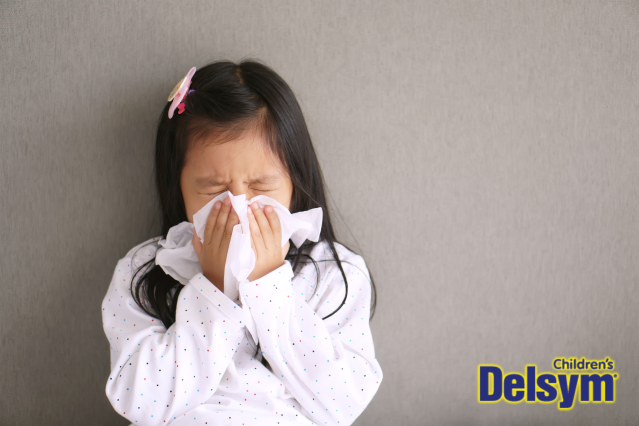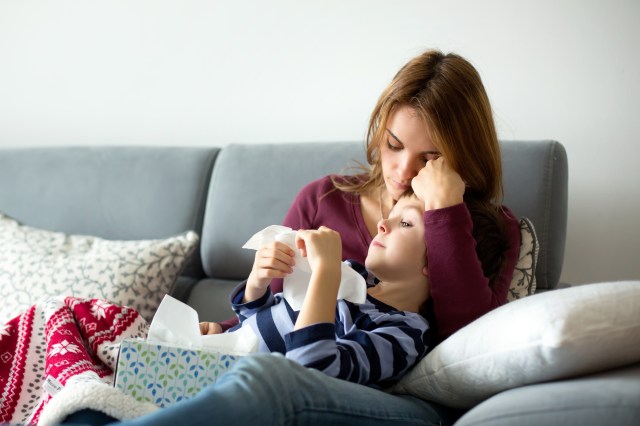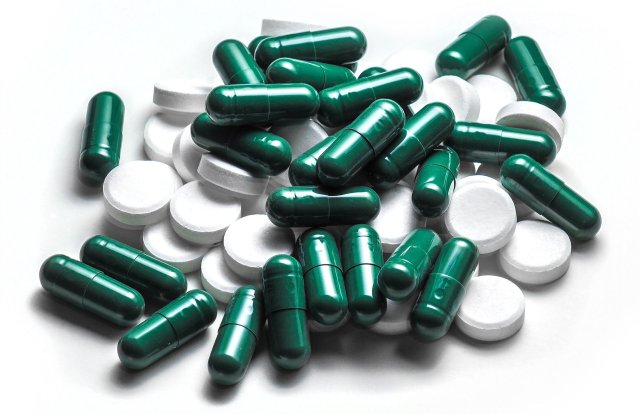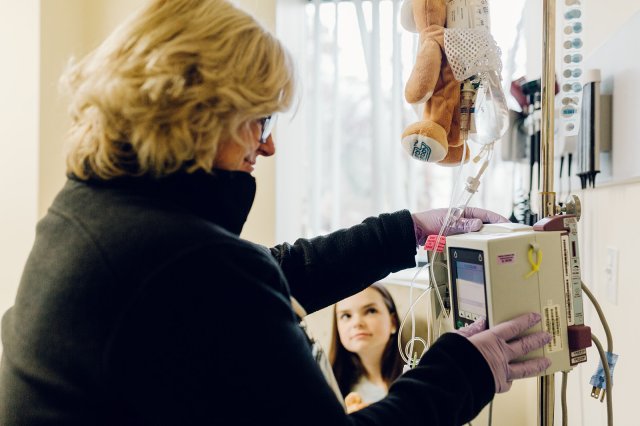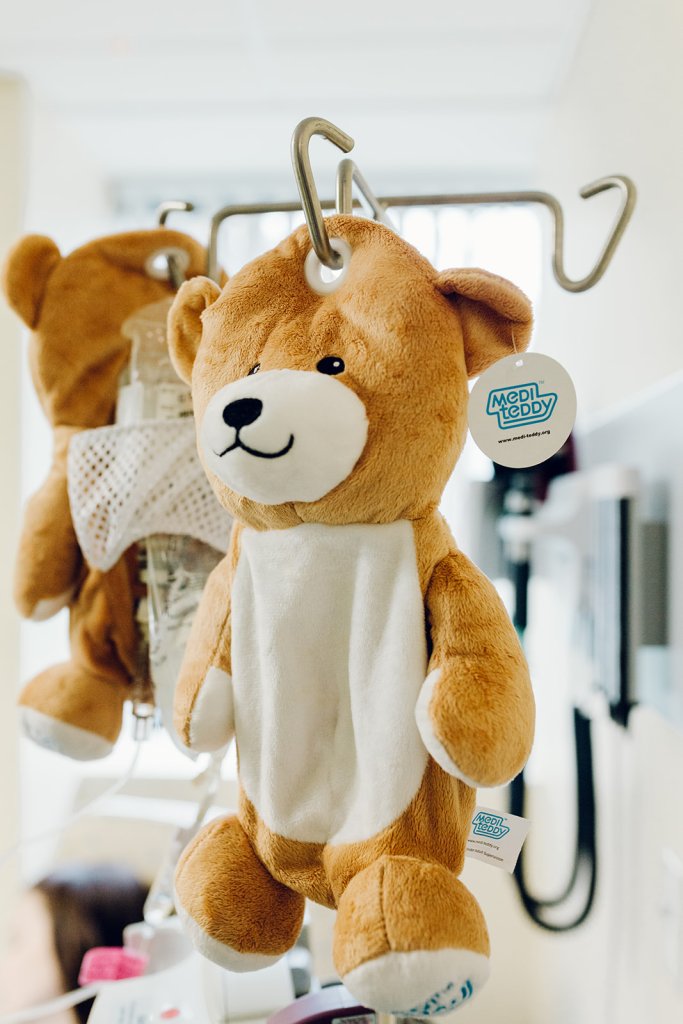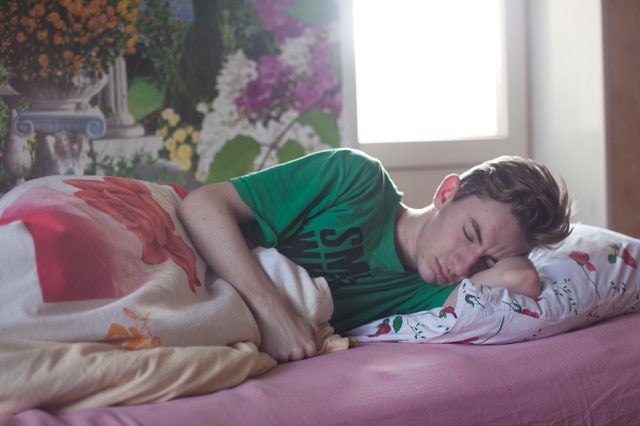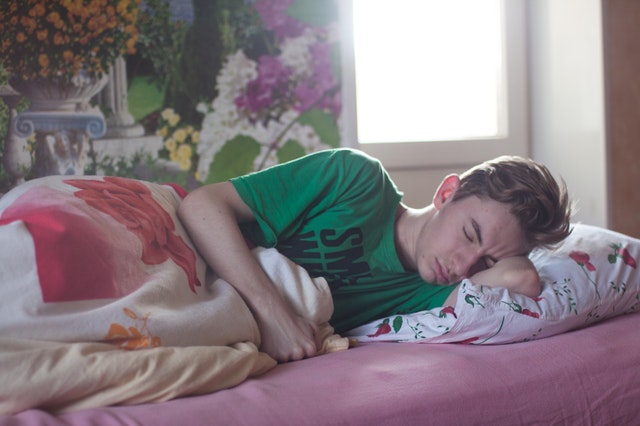Set up your child for a great start with this list of must-haves
Diapers? Check. Lunch? Check. A sleepy child? Check! If you’re wondering what to pack for daycare, and even if your childcare provider has a list of items kids will need on a typical day, some things can make all the difference in your little one’s day. From weather-appropriate gear to a family photo, here’s your handy daycare checklist of must-haves and why they’re important.
1. Labels
Slap your kid’s name on everything, from bottles to clothes. We love Mabel’s Labels because they’re pre-printed with your child’s name, come in easy-to-use packs, and stay put through hundreds of washings. Put waterproof labels on your child’s bag, lunch bag, jacket, and inside shoes. If your child has food allergies, order allergy labels, too.
2. Bottles & Liquids
Depending on how long your little one will be at daycare, you’ll need baby bottles plus breast milk or formula or, for older kids, a leak-proof water bottle. Be sure to pre-measure the formula. Most daycares have refrigerators or freezers available to keep liquids cold.
3. Lunch Bag & Bibs
You’ll also need a lunch bag and bib if your little one eats solid food. An insulated lunch bag is best, as it keeps food cool and can be used later on for picnics and other excursions. We love the PackIt lunch bags with built-in cold packs.
4. Diapers & Wipes
Gather up diapers in the right size, and send off as many as your little one will need at the start of each week, with a few extra just in case. It’s easiest to label diapers with a Sharpie. Be sure to send a labeled pack of wipes, too. And pack diaper cream if your little one is prone to rashes.
5. Spare Clothes
Pack at least two spare outfits for your child. You never know when your little one will have a blowout or get food or art supplies on themselves, and childcare centers don’t usually have spare clothes in every size. Check the size and seasonality of the spare clothes in your bag every two or three months so your kiddo isn’t stuck in shorts two sizes too small in January. Oh, and don’t forget extra socks!
6. Medication
If your child takes medication regularly, bring a brand new bottle with you in its original packaging. Most daycares have very specific requirements due to licensing and keeping little ones safe. Be sure to follow those requirements carefully so your baby’s medication is readily available and can be dispensed by daycare staff when needed.
7. Sunscreen & a Hat
You want your baby’s skin protected during outdoor playtime, so packing baby-friendly sunscreen is a must. Send a labeled bottle of your favorite sunscreen, and add a sun hat for extra coverage.
8. Weather Gear
Fresh air is brain food for babies, and most daycares bring kids outside as often as possible, even if it’s just for a few minutes. That means toddlers might stomp around in puddles or stare up at snowflakes. Pack weather-appropriate gear (boots, jackets, hats) so your little one is comfortable, no matter the weather.
9. A Family Photo
Many daycares put family photos up on their walls or have them in a readily available photo album. Little ones love to look at pics of their family members—just like we do. Check with your child’s school to see if they have specific requirements for what types of photos to send.
10. Lovies
Lovies make the transition from home to daycare a little easier, so it’s a must on our daycare checklist. Remember, while it’s a good idea to pack a favorite snuggly item, don’t send something irreplaceable (or buy a backup), as blankies can disappear. Also, ask if your daycare center has policies on what you can and can’t bring. Order a pair of matching lovies, like the snuggly offerings from Bunnies by the Bay, or the two-packs of security blankets from Copper Pearl, and you’ll be all set. A few days before the big drop-off day at daycare, hold the lovie to give it some of your comforting scent.
11. Lists of Your Little One’s Likes & Dislikes, Plus Paperwork
Does your baby love a good lullaby before naps or hate avocados? Daycares usually send home paperwork that includes a getting-to-know-you child form, plus essential information like medical history and development and milestone updates. Fill out these forms and include any additional information your baby’s caregivers might need so they can take good care of your sweet babe.
Make sure to snap some photos of their first day of daycare—and share them with your family and friends near and far—with the Tinybeans app. The secure platform puts parents in total control of who sees and interacts with photos and videos of their kids.
















